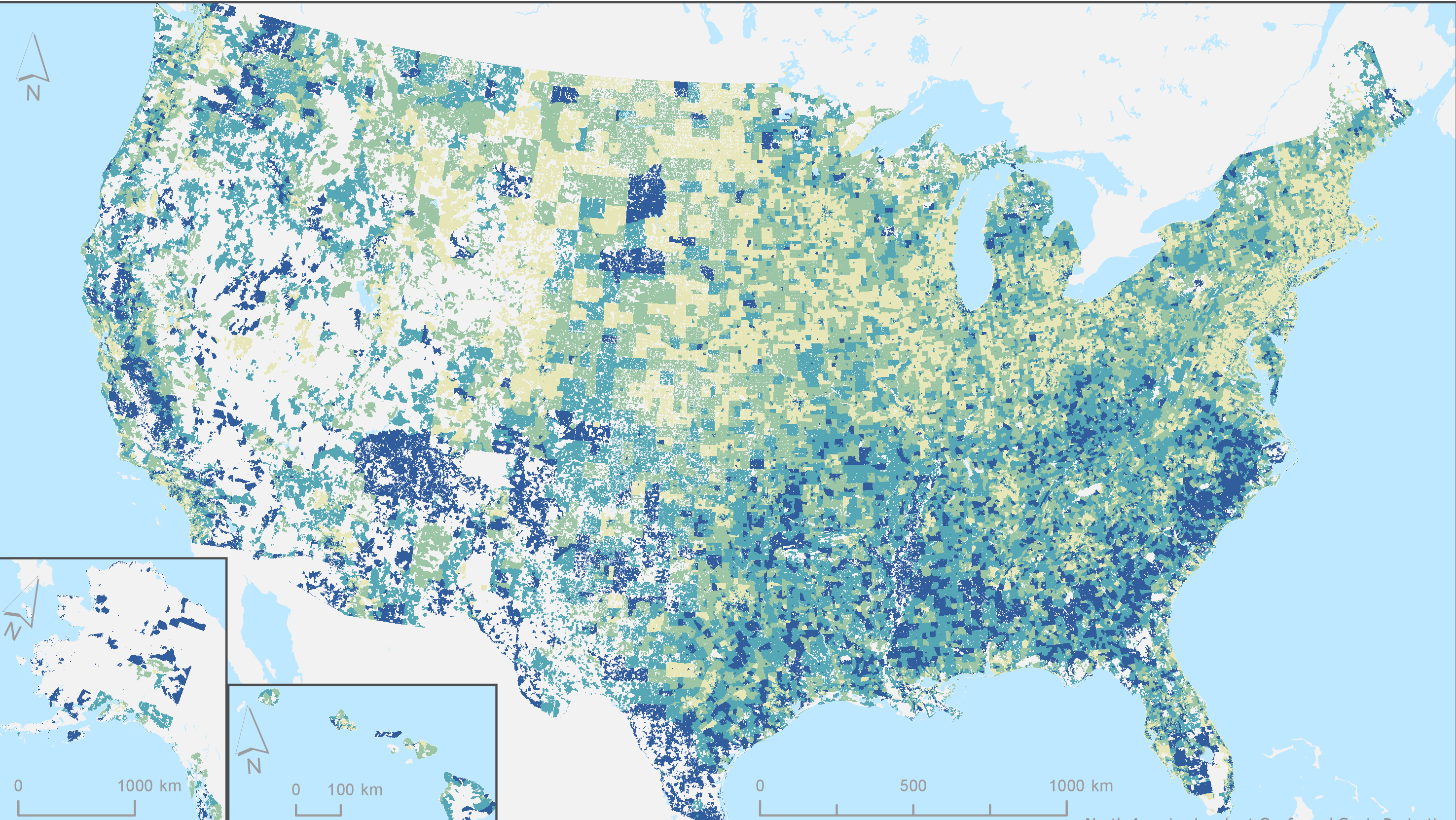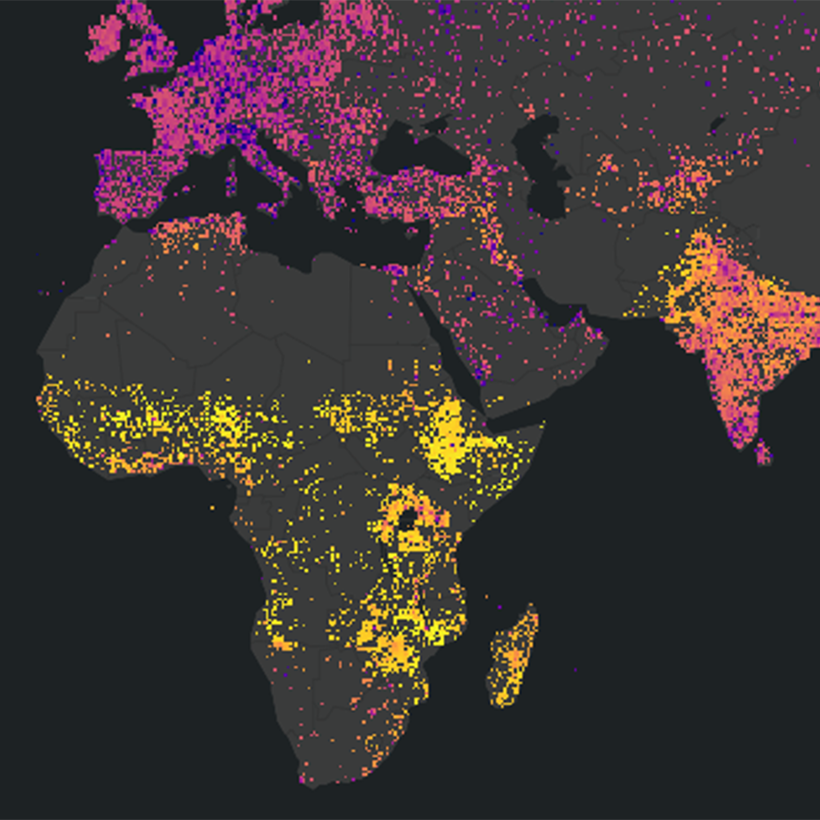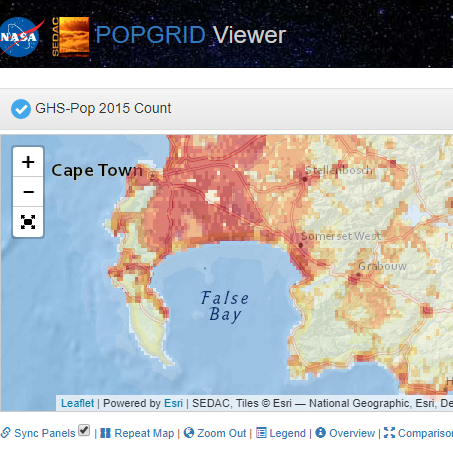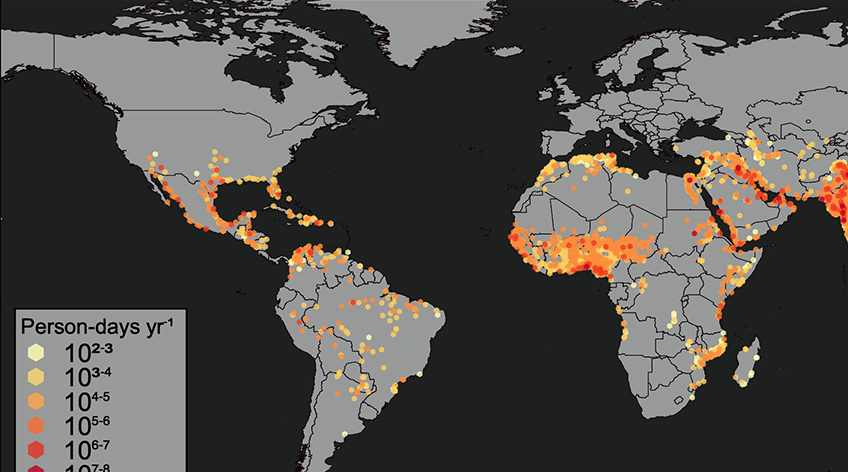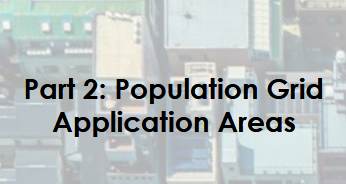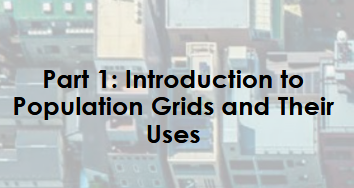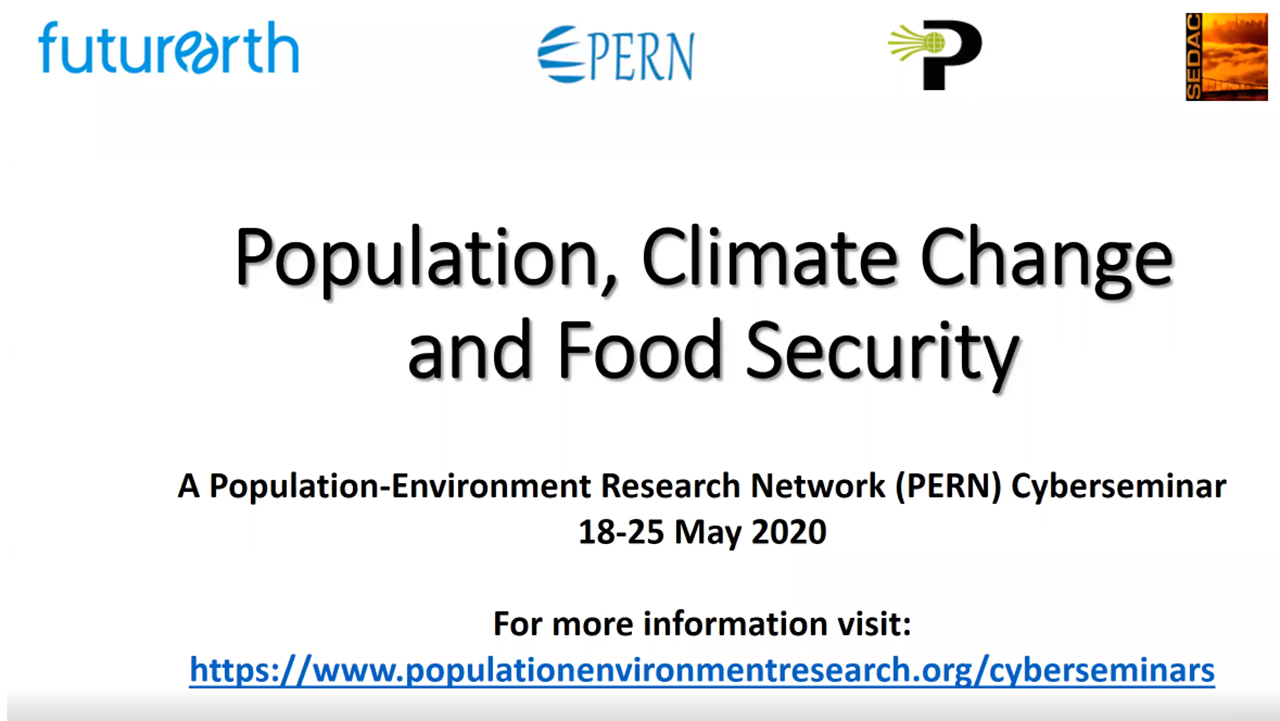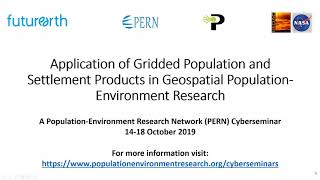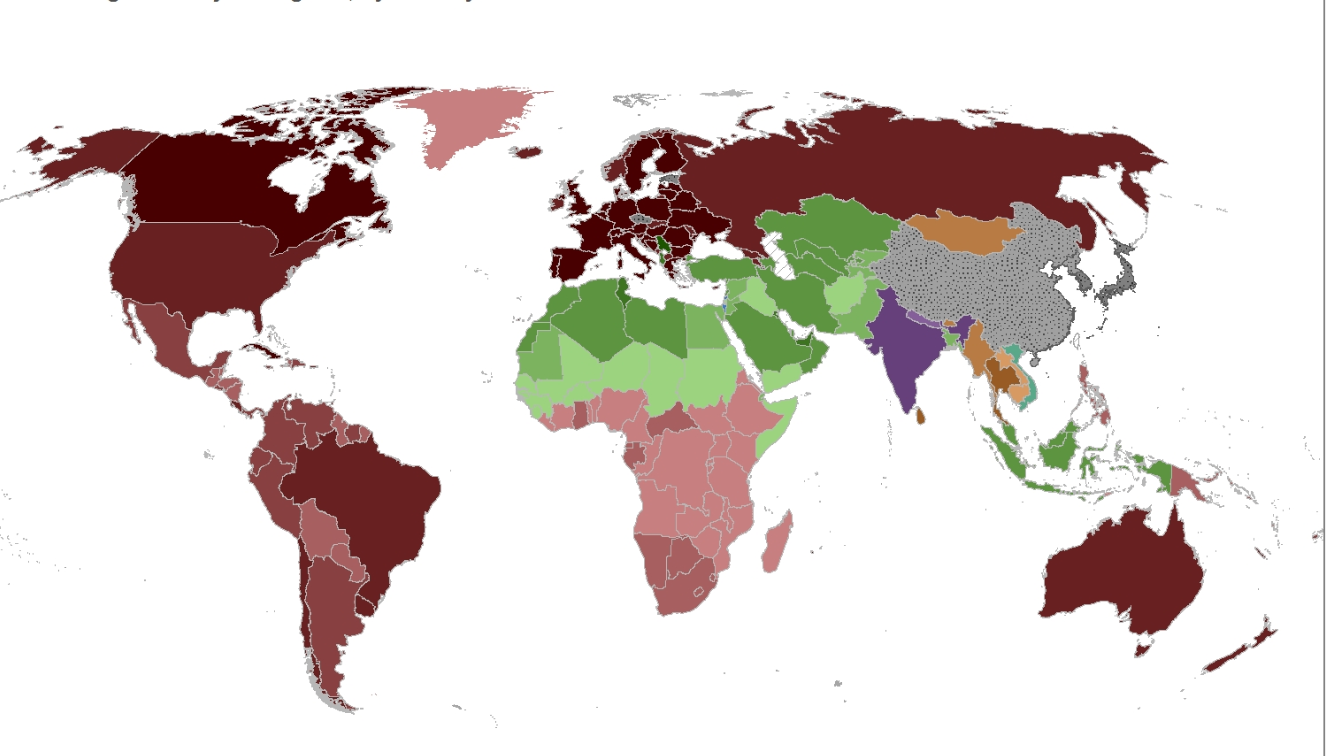
This Webinar kicked off the cyberseminar held May 10–18, 2021, by the Population and Environment Research Network (PERN), which focused on new perspectives and innovative methodological approaches in geography, remote sensing, economics, disaster studies, and development studies, that shed light on the environmental and climatic challenges faced by global refugees. Organized by Jamon Van Den Hoek and David Wrathall, Oregon State U.; and Susana Adamo and Alex de Sherbinin, CIESIN, Columbia U., and PERN co-coordinators. PERN is a panel of The International Union for the Scientific Study of Population (IUSSP) and a sustained partner of Future Earth. Co-sponsored by GEO Human Planet, technical support by the NASA-funded Socioeconomic Data and Applications Center (SEDAC) at the Center for International Earth Science Information Network of Columbia University.
